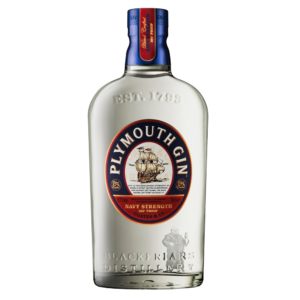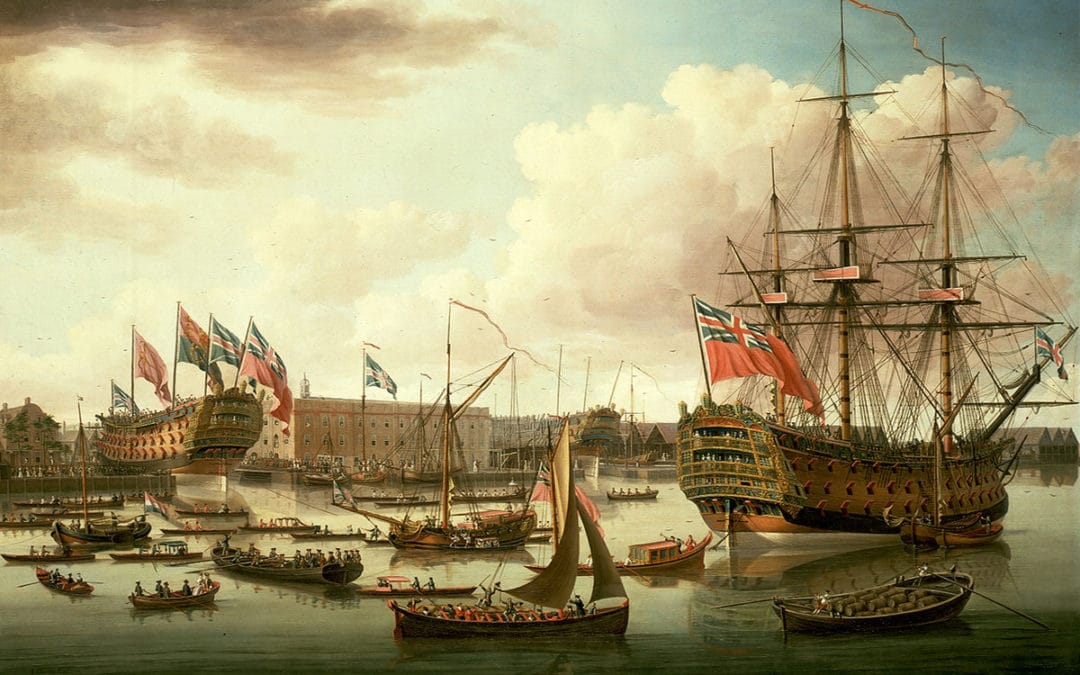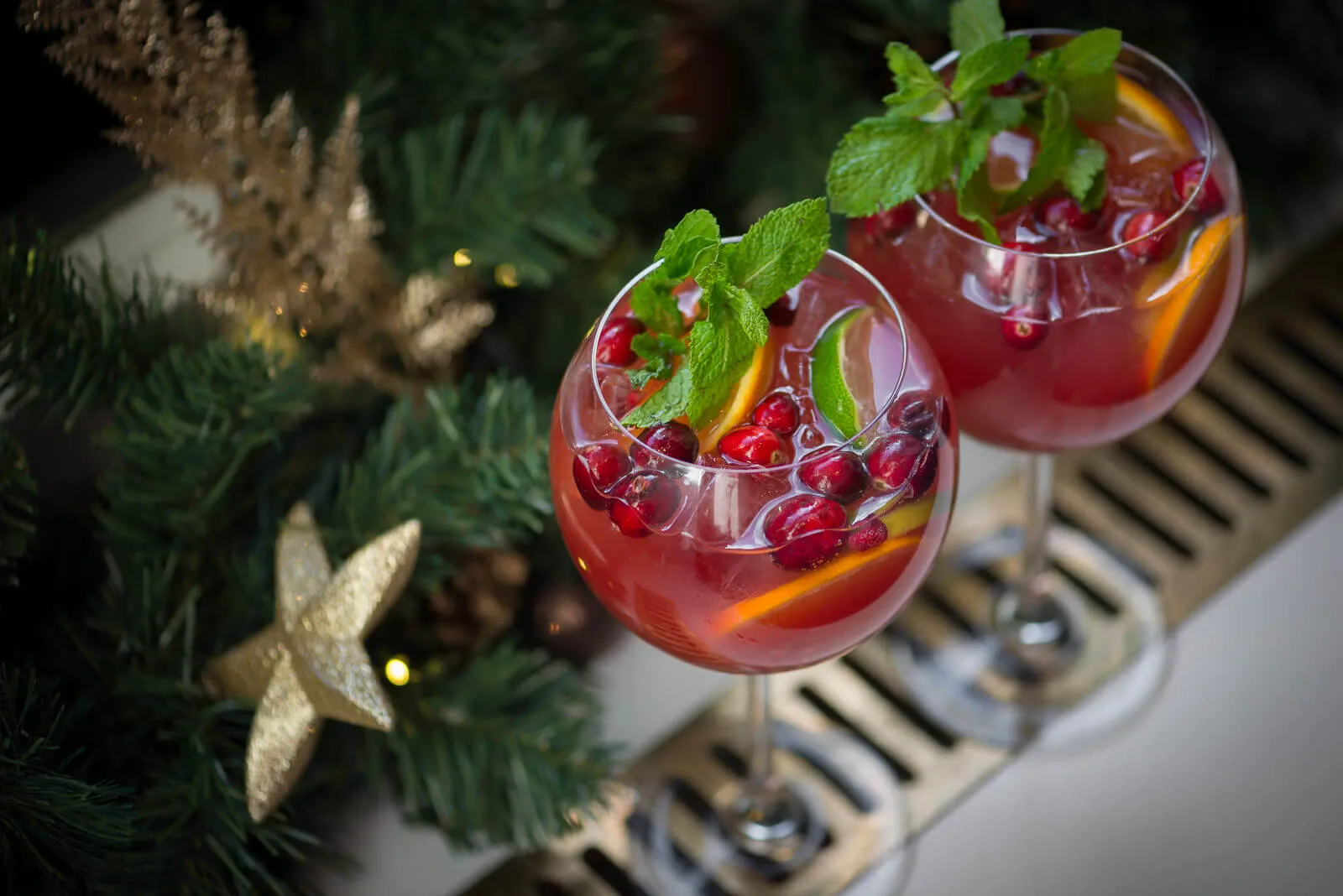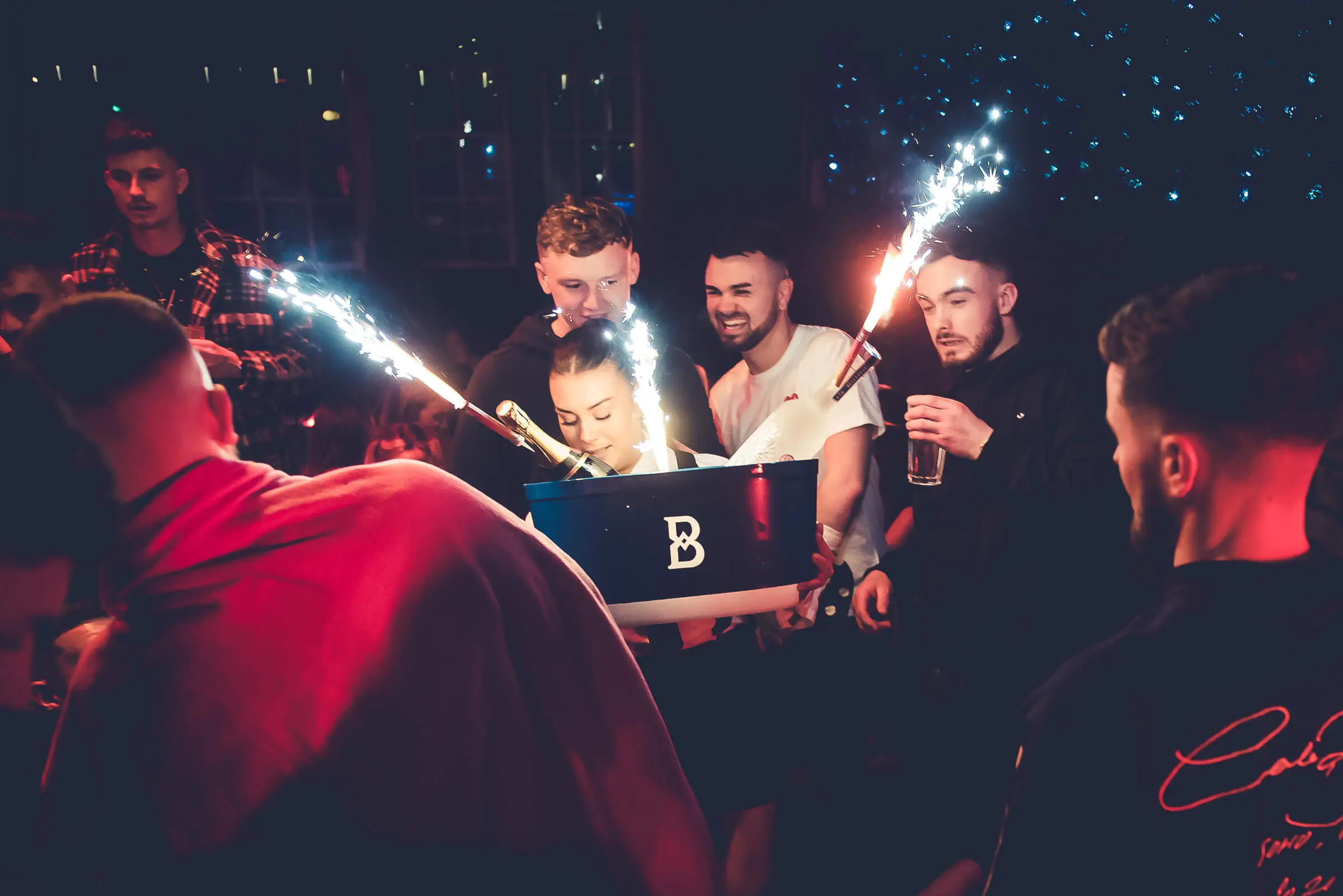We are used to seeing bottles of gin or rum with the term “navy strength” on the label, but what does this actually mean? Well, like so much of the drinks world it has its roots in the UK’s insatiable thirst for booze. In this case the Royal Navy. Not that the term itself is that old. It was only coined in 1993 by the wily marketing team behind Plymouth Gin but the concept it refers to is very old indeed.

Of gunpowder and muskets
Long before it was possible to measure the alcohol by volume (abv) of a given drink there was no way to test how much alcohol was in a spirit. Or any other alcoholic libation for that matter. For the Royal Navy this was a problem, because they needed to ensure that any alcohol carried in volume on board a ship would be flammable in the event of the cask being ruptured in action. Sounds crazy but in the days of cannon balls and muskets, wet gunpowder could be a death sentence in battle. It was therefore essential that any spirit that spilled onto the powder would be itself inflammable enough that the powder could still be used.This benchmark was tested by means of mixing a little of the spirit with gunpowder so it formed a paste and then setting it alight, if it burned it was said to be 100 degrees proof.
Proving the proof
In 1816, a device called a Sikes hydrometer was invented, which allowed the alcoholic strength to be precisely measured. We now know that 100 degrees proof is equal to 57% abv. Until that time the Navy had insisted on buying spirits (in practice rum for the men and gin for officers) at 100 degrees proof because it was the only strength that could be proved by their gunpowder test. Even after the invention of the Sikes hydrometer the navy still bought spirits at 57% abv out of tradition.

The rum ration
It wasn’t just the strength of the navy’s rum that was characteristic. It had a distinct rich flavour and dark colour. The rum was stored in oak casks on deck, and when subject to the heat often encountered in the Caribbean ageing would accelerate. From 1784 to 1970 one producer had the contract to supply rum to the navy. Their blend has never been revealed but it was a dark style with additional caramel. It was during this period that sailors were entitled to their “tot” or daily rum ration. This practice was only ended in 1970. Even today members of the Royal Navy know 31st July 1970 as “Black tot day”.Officers on Royal Navy ships tended to drink gin, usually mixed with Angostura bitters in the form of pink gin.
Navy strength today
Nowadays the term navy strength refers to spirits, usually gin or rum that are bottled at 57% abv. Navy strength is also associated with Navy Rum, where brands like Woods 100 are 57% and also share a common dark, rich characteristic that is reminiscent of the rums carried on board ship in the 19th century.

Navy strength gin tends to be a more alcoholic version of the brand in question, which sometimes means the botanicals need to be changed in terms of the relative concentration but usually the style is the same. Plymouth Navy Strength and Millers Westbourne strength are two examples of navy strength gins available today.

.svg)







